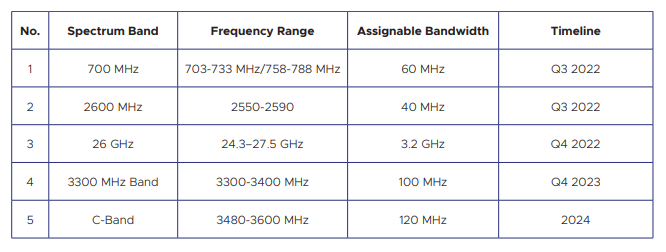Airtel Zambia Completes Additional Spectrum Purchase in Zambia

The parent company of the cellco, Airtel Africa, announced that Airtel Zambia has finalized the acquisition of 60MHz of additional spectrum in the 800MHz and 2600MHz bands for a total price of $29 million (payable in local currency). The airwaves would be used to assist the Zambian unit’s network development for mobile and fixed wireless services, including a 5G launch, and would offer ‘significant capacity’ to meet the market’s rising demand for data, according to a statement from the firm.
This extra spectrum will help our network development in the market for both mobile data and fixed wireless home broadband capability, including for the introduction of 5G, and will offer a sizable amount of capacity to handle our country’s ongoing rapid data growth.
According to revenue, Zambia is one of Airtel Africa’s key markets. This investment is a testament to its ongoing belief in the potential of the Zambian market and how it can help local communities and economies by promoting digital inclusion and connection.
Zambia Information and Communications Technology Authority (ZICTA) released a statement in August telling the public that due to overwhelming demand, it had amended the 5G Spectrum Roadmap for the release of spectrum in the 700MHz and 2600MHz bands.

The regulator accelerated the release dates for the spectrum bands, with the 700 MHz band (703-733 MHz paired with 758-788 MHz) being released in the third quarter of 2022 instead of the first quarter of 2023 as originally planned, while the remaining lot of 40MHz of spectrum in the 2600MHz band (2550 to 2590MHz) was also released in the third quarter of 2022.
ZICTA also explained that beginning in the fourth quarter of 2022, the spectrum in the 26 GHz band will be available for assignment on a first-come, first-served basis.
The regulator claims that the roadmap update is one of several urgent measures being taken to increase competition in the information and communication technology (ICT) industry, encourage investment, hasten the delivery of services to underserved and unserved areas, and raise the caliber of electronic communication services available to consumers in the nation.
